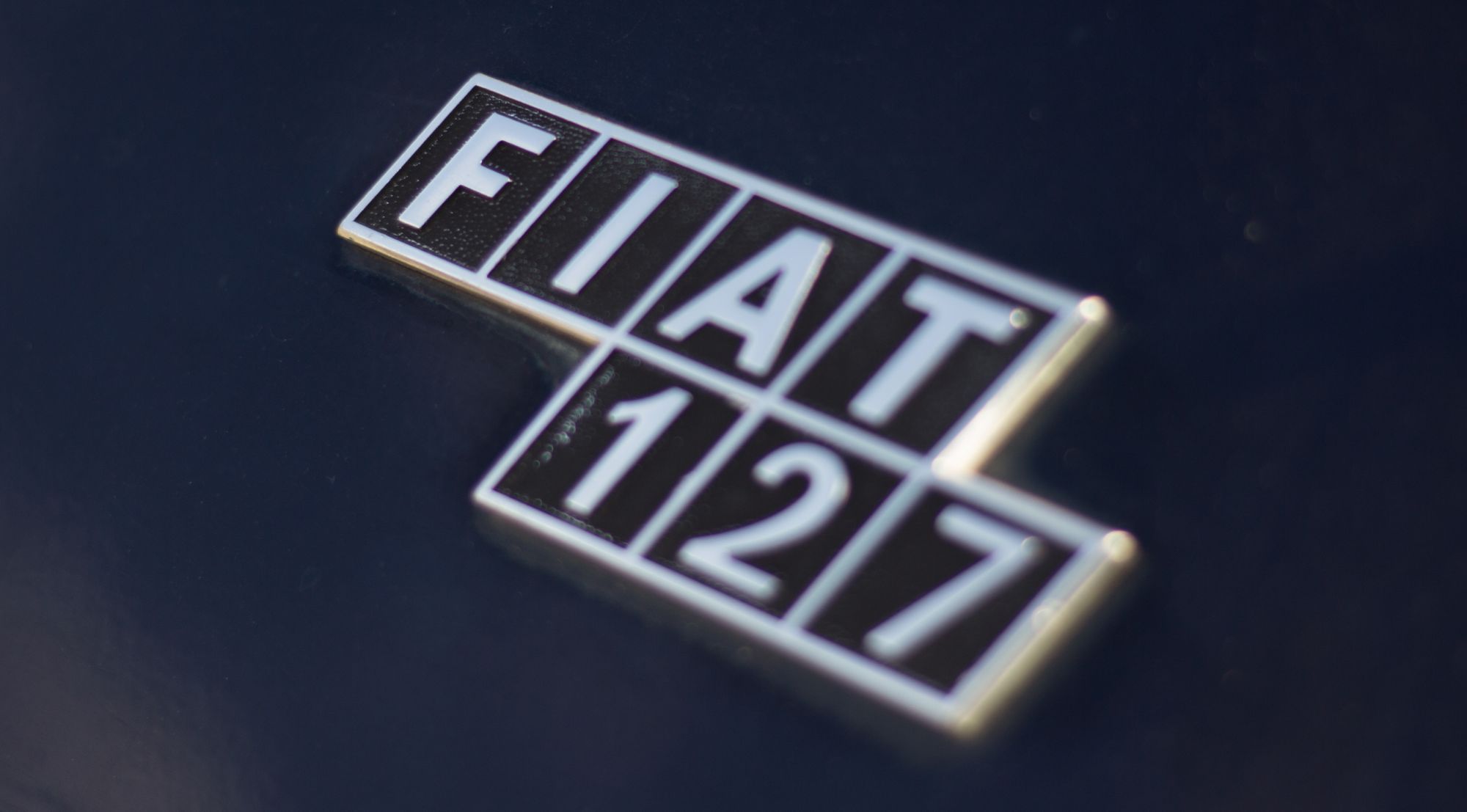Fiat 127: the overview of a Classic
In such a difficult time as the 70s in Italy, Pio Manzù, Italian designer, came up with the iconic Fiat 127. How and why did we choose it for our project?

The creation of all-Italian myth
The seventies in Italy. Ah, what a wonderful, complicated time. The wave of the economic boom of the sixties - which came with such high expectations of technology for society after the invention of the television and the moon landing - is slowly fading into an economic, political, and societal crisis. Paradigms are shifting fast: there’s a strong need to progress, leaving behind worn out standards and creating new ones, in a turmoil of enthusiasm and hope.
Fiat is one of the leading car manufacturers in Europe, and is at a turning point: factory occupations, strikes and growing competition suggest the need for radical change. Successful models have to be set aside in favour of new ones that could better embody the needs of a modern society.
So, in 1971, the burning fire of creativity and the infinite opportunities of a rapidly expanding technology lead Pio Manzù, Italian designer, to reinterpret the old 850 into the first Fiat 127.
What sets the 127 aside from the 850 is the introduction of front wheel drive and forward mounted motor, bettering the road-holding and handling of the car. The 127 aspired to be the economy car of a generation of young families: bigger trunk, wider and nicer inside, safer and more reliable.
It was an instant hit, winning the Car of the Year award in 1972 & becoming one of Europe's best selling cars for several years. It stayed in production until 1987, through three main series and various updates.
The quest for a car: choosing the 127
Brought together by the love of classic cars, engineering and, god forgive us, looking cool, the team had to face the first arduous task: choosing which car to buy and convert to electric.
Our main constraints were mainly economic, though we chose to stick with an Italian car manufacturer, not only to honour our roots and the work of Italian engineers, but also to celebrate cars that are loved not only in Italy, but worldwide.
To achieve big things, you have to dream big but start small: caught up in the excitement, we started looking for 124s, but quickly realized that converting a 124 was too far-fetched to work, both for the collector value and the shortage of models on sale in Italy, so we were quickly humbled.
One could say, why not convert a Panda? It’s simple, cheap, there’s plenty of spares and it’s got a lot of room for electrical work. Plus, the Panda is undoubtedly a myth. The truth is pretty straightforward, and to be completely honest, we wish we had a better excuse: we fell in love with the 127.
Its tiny size, wide engine compartment, affordable price and diffusion made us dive into the search of the nearest 127 we could drive home safely, without losing bits on the highway. This search took us to Desenzano, on the shores of Lake Garda.
The chosen one: the FabCab
After various misadventures, we got to Desenzano del Garda to meet with Alessandro, proud owner of the fully original first series Fiat 127A we had set our sights on.
When Fabio and I saw the 127 waiting for us at the railway station, we were sure we had made the right choice. Dark blue paint and cream leather interiors, a gorgeous gear stick and unusual seatbelts set it apart from the other 127s we had seen, mostly eaten by rust and covered in dust.
Alessandro took us for a drive in the countryside and told us some history about the car: it was owned by an elderly professor, who used to drive it around to get groceries and go to school. Her son kept the car in the garage after her death, and then sold it to Alessandro.
Our hearts ached a bit, thinking of retrofitting such a jewel, but we quickly rejoiced as we reminded ourselves that our mission is to breathe new life into these classics, making them usable day-to-day, friendly to the environment, and a joy to drive.
Getting this show on the road
And this is how it all started. As we learn to be business partners, friends and engineers, the car waits for us in the garage, ready to embark on this electrifying journey with us.
We won’t be on our own, so don’t fret: new collaborations and partners will help in reaching our goal.
The road might feel daunting, uncertain, at times scary: what keeps us moving forward is passion, friendship and perhaps a bit of foolishness.
The show is ready to hit the road, and so are we!
